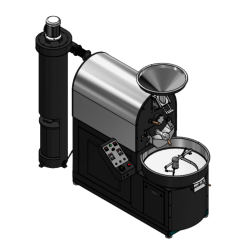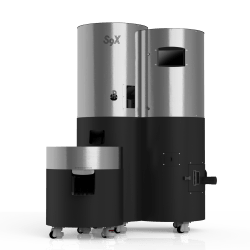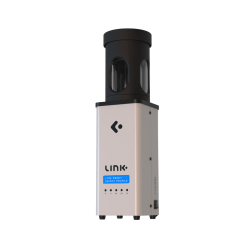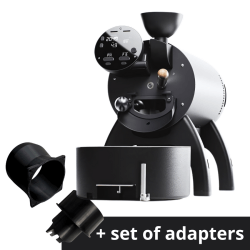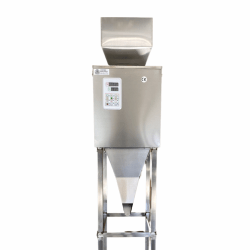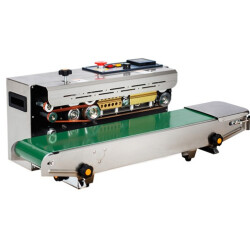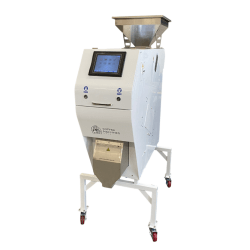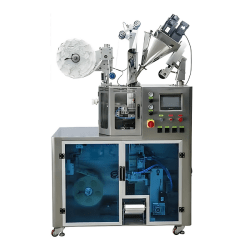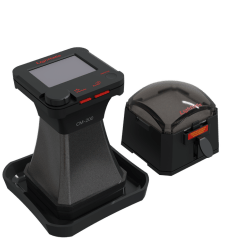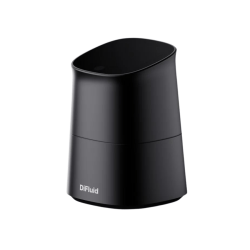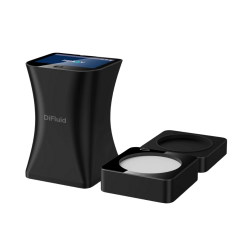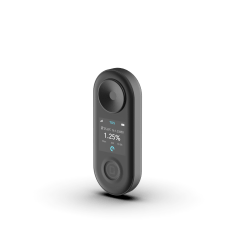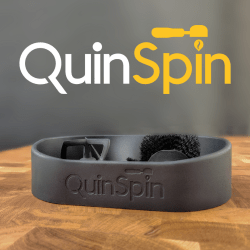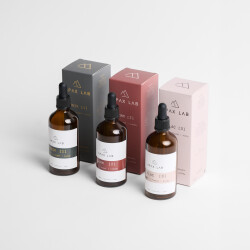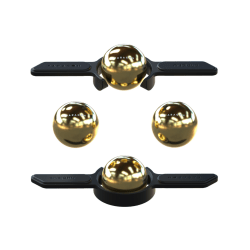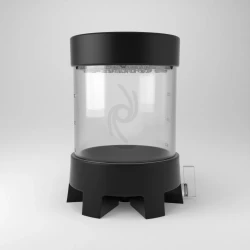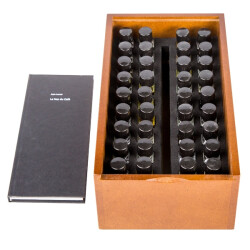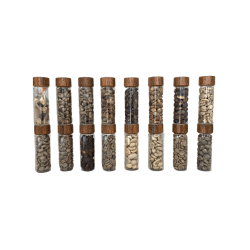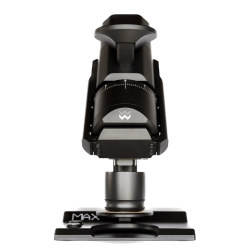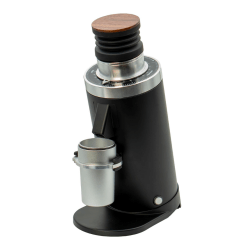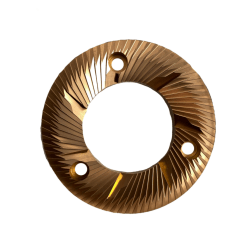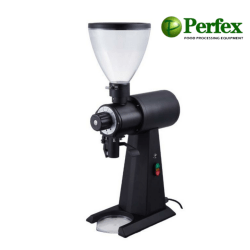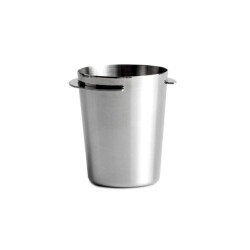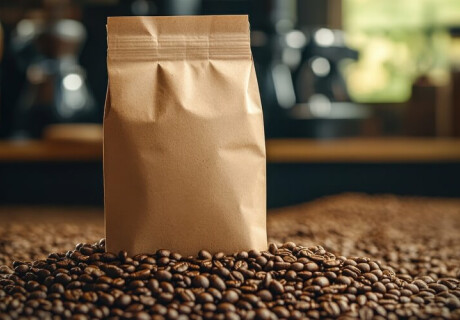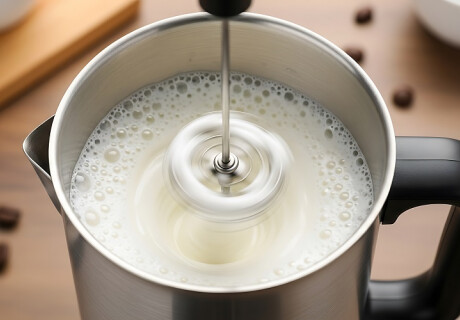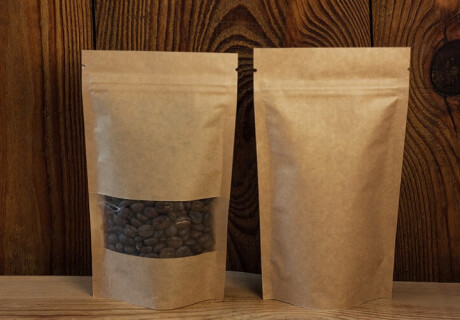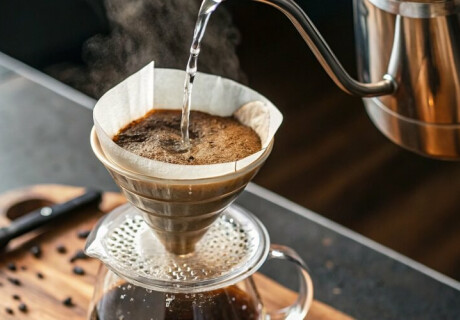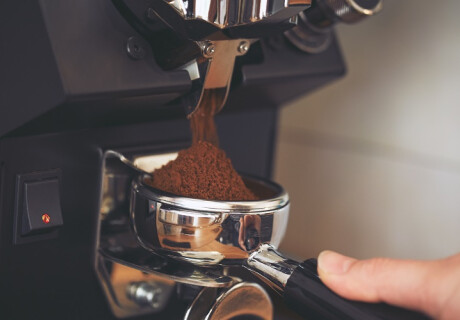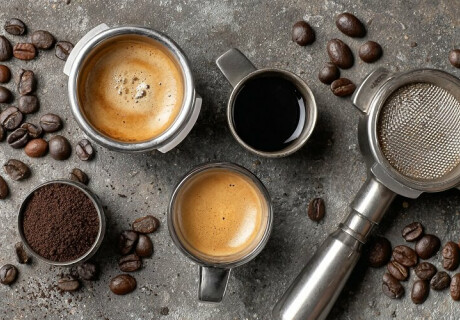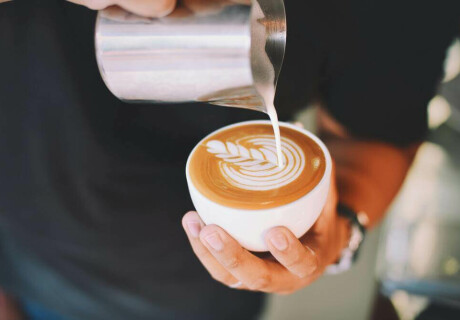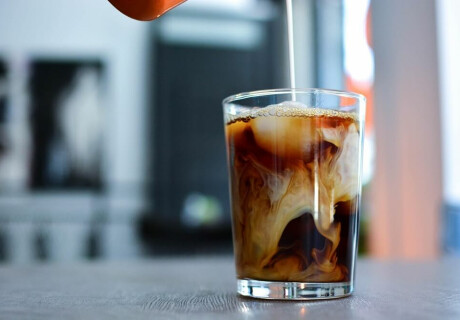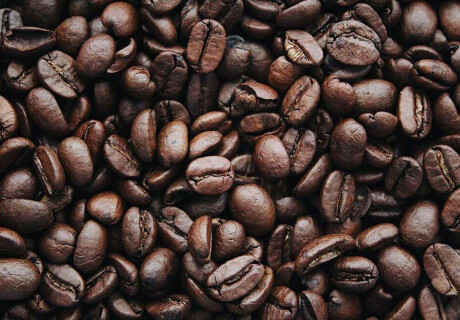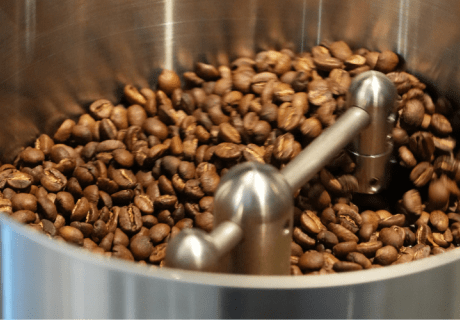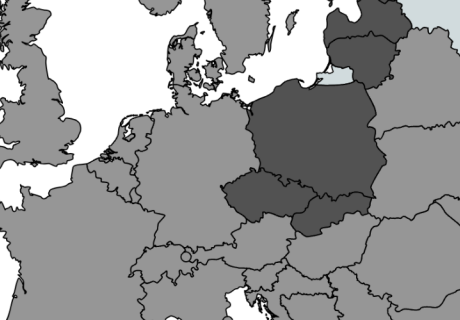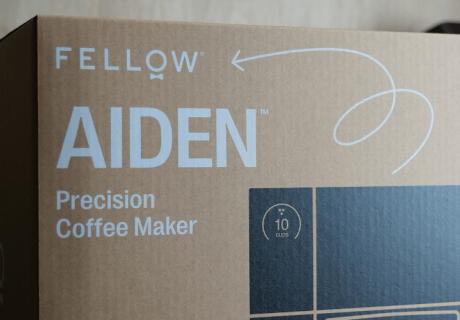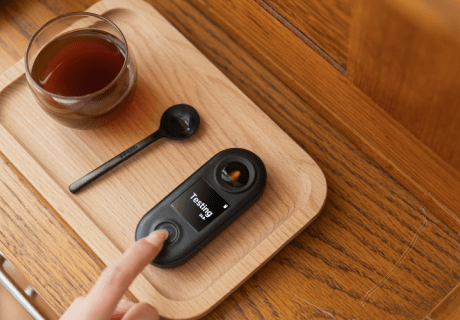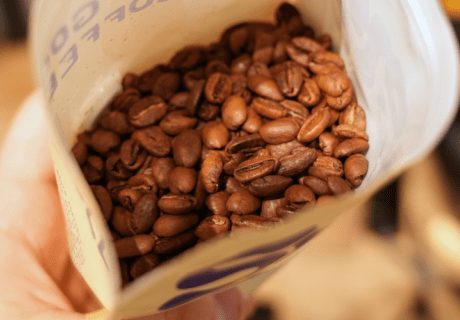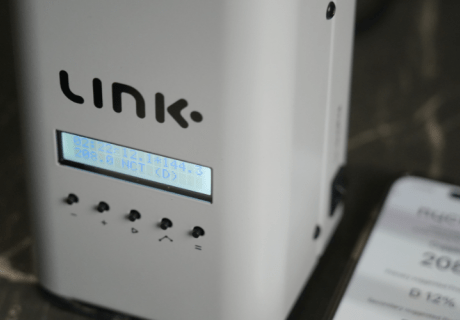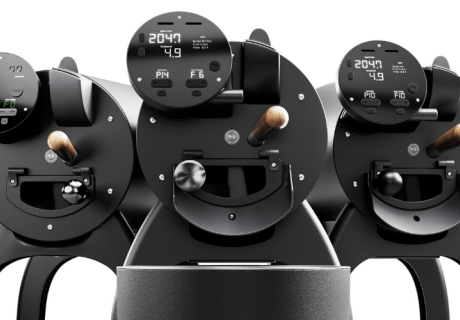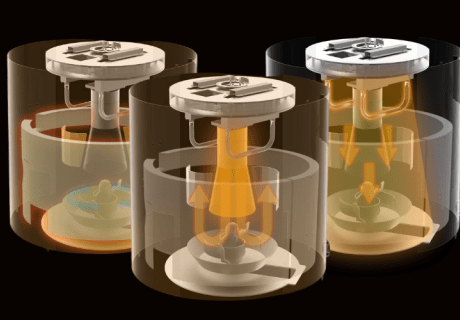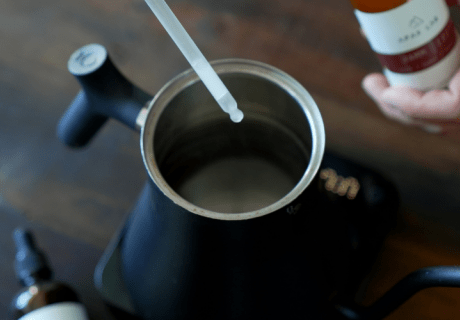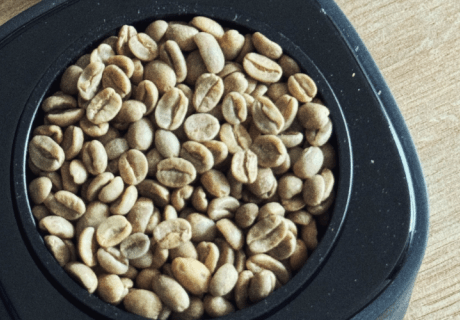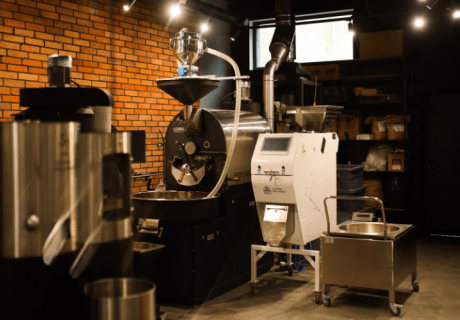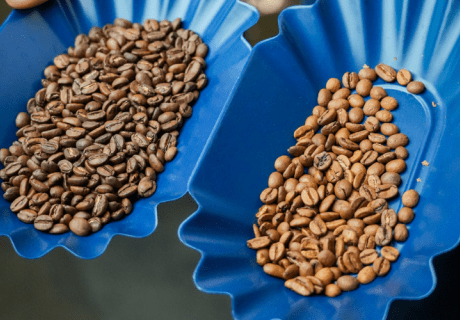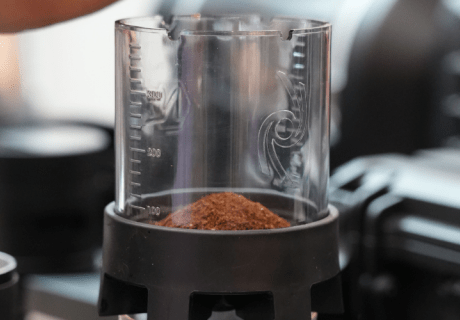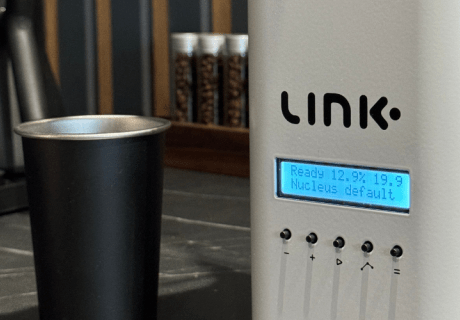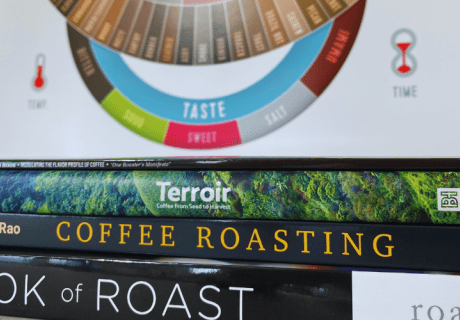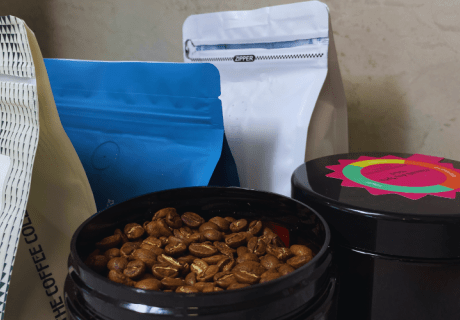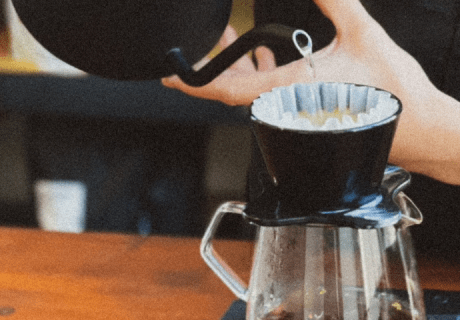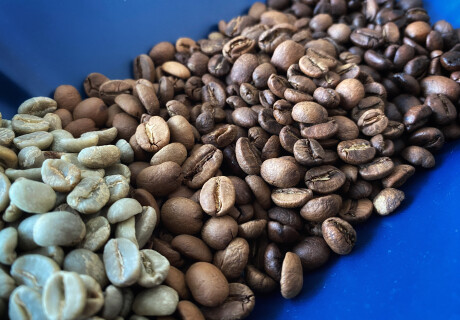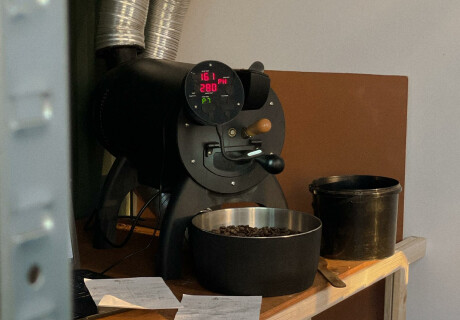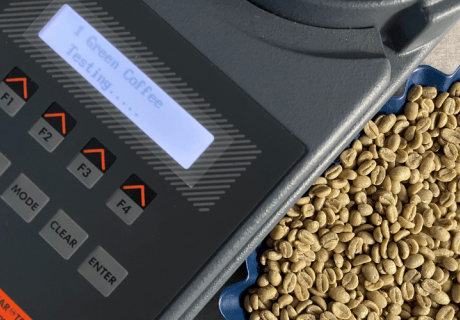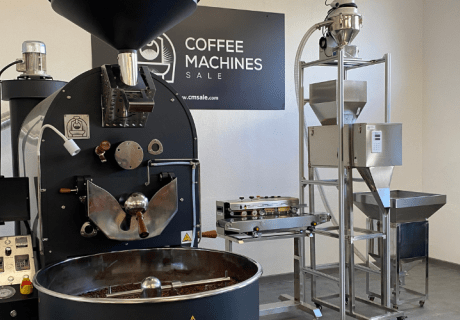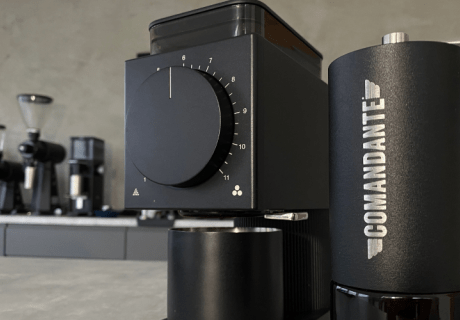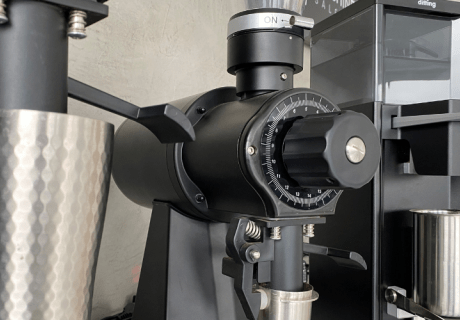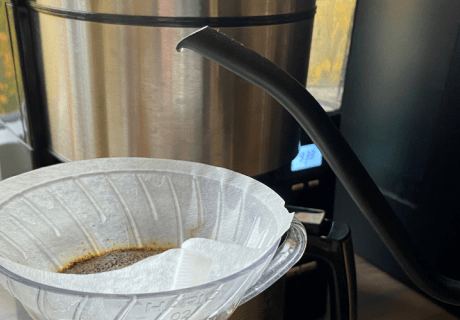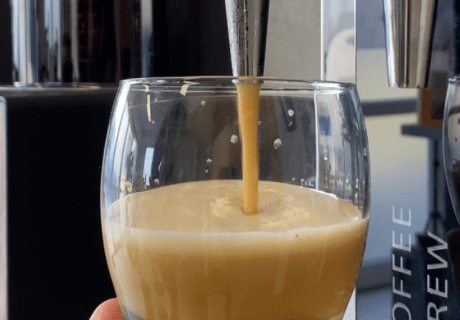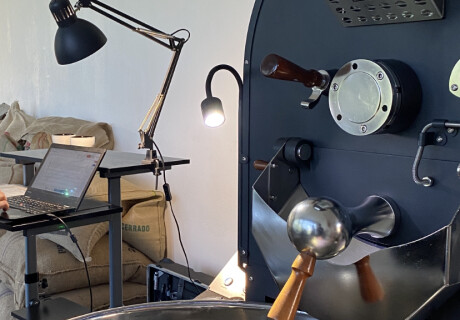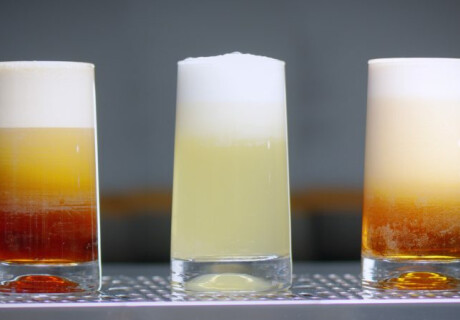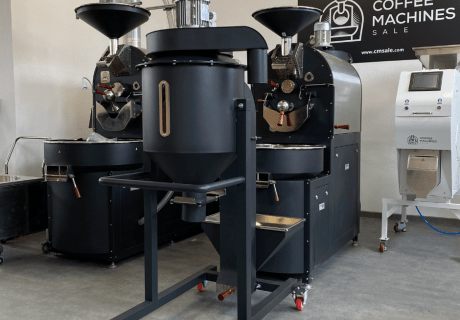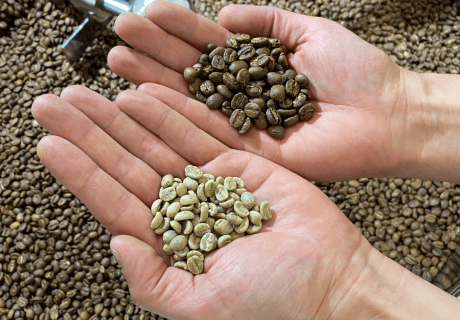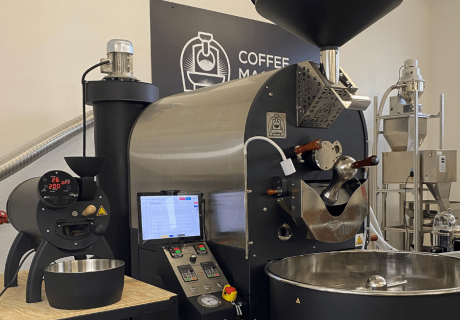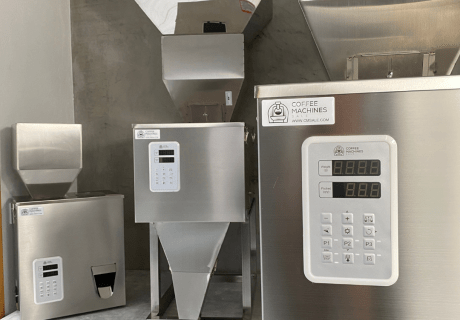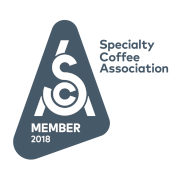Choosing Sustainable Coffee Bag Materials: Kraft, PLA, or Aluminum?
Sustainable coffee packaging is more than a trend; it's a commitment to protecting our planet and ensuring the finest quality for your brew. With options like kraft, PLA, and aluminum at your disposal, how do you choose the right material for your coffee bags? Each material offers unique benefits in terms of sustainability, functionality, and preservation. In this article, we'll delve into the comparison of these materials, focusing on their oxygen barriers, recyclability, shelf life, and compatibility with modern packaging equipment.
Understanding Sustainable Coffee Packaging Options
As the coffee industry continues to grow, there is a mounting responsibility to adopt sustainable coffee packaging solutions that not only preserve the quality of the coffee but also protect the environment. Choosing the right packaging plays an important role in this dual objective. Among the various options, kraft paper, PLA, and aluminum stand out for their unique properties and environmental impact. Kraft paper, made from wood pulp, is a popular choice for those seeking eco-friendly coffee bags due to its biodegradable nature. It offers a rustic aesthetic and is often compostable, making it a great choice for brands aiming to reduce their carbon footprint. However, its barrier properties may not be as robust as other materials, which is a necessary consideration for maintaining coffee freshness.
On the other hand, PLA, a bioplastic derived from renewable resources like corn starch, offers a modern alternative that is both compostable and attractive. PLA supports sustainability efforts, but its performance in preserving coffee freshness depends on its formulation. Lastly, aluminum, renowned for its superior barrier properties against oxygen and light, excels in extending shelf life but poses challenges in recycling. By carefully comparing coffee bag materials, businesses can choose packaging that supports their environmental goals while keeping their coffee fresh. In the end, selecting the right material involves finding a balance between sustainability and practicality.
Kraft Coffee Bags: Biodegradable and Rustic
Kraft coffee bags have gained popularity among environmentally conscious brands due to their biodegradable nature and earthy, eco-friendly coffee bags appeal. Made from wood pulp, kraft paper offers a natural, rustic appearance that resonates with consumers seeking sustainability. One of the primary advantages of kraft coffee bags is their ability to break down naturally, reducing waste and alleviating the environmental burden of traditional packaging materials. This aligns perfectly with sustainable practices, making kraft an attractive option for those committed to reducing their ecological footprint. However, in comparing coffee bag materials, it's important to recognize the limitations of kraft paper in preserving coffee freshness.
While kraft bags provide a decent oxygen barrier in coffee bags, they are not as useful as materials like aluminum in protecting against air and light exposure, which can compromise the quality and flavor of coffee over time. This moderate barrier property can lead to a shorter shelf life, which is a significant consideration for businesses aiming to preserve the freshness of their products. Despite this drawback, kraft bags remain a viable choice for short-term packaging or for brands that prioritize sustainability over extended shelf life. Balancing these factors is important for businesses that wish to offer both eco-friendliness and quality assurance in their coffee packaging solutions.
PLA Coffee Bags: Compostable and Modern
PLA coffee bags offer a modern take on sustainable coffee packaging, providing a sleek appearance coupled with environmental benefits. Derived from renewable resources such as corn starch, PLA (Polylactic Acid) is a bioplastic that is both compostable and biodegradable, making it an excellent choice for brands focused on reducing plastic waste. The sleek design of PLA bags attracts consumers who value both style and sustainability, making them a popular and eco-friendly choice. These bags break down in industrial composting facilities, contributing to a closed-loop system where packaging waste is minimized, reinforcing their status as eco-friendly coffee bags.
PLA bags offer moderate barrier properties, which can be enhanced with additional layers or coatings. While they may not provide the same level of protection as aluminum bags, PLA bags still offer a reasonable defense against oxygen and moisture, which is essential in maintaining the flavor and aroma of coffee. This balance between sustainability and functionality makes PLA an attractive option for brands aiming to appeal to eco-conscious consumers without compromising too much on product quality. By using the dual benefits of modern appearance and environmental responsibility, PLA coffee bags cater to a niche market eager for innovative and responsible packaging solutions.
Aluminum Coffee Bags: Superior Barrier Properties
Aluminum coffee bags are known for their excellent ability to protect coffee from external elements, thanks to their superior oxygen barrier. This material reliably shields the contents from both oxygen and light exposure, two significant factors that can degrade the flavor and aroma of coffee over time. By preventing these elements from penetrating the bag, aluminum extends the shelf life of coffee, ensuring that consumers enjoy the freshest taste possible. For businesses looking to choose a coffee bag type based on longevity and quality preservation, aluminum presents itself as a formidable option. Its robust barrier properties are unmatched among common packaging materials, making it a preferred choice for premium coffee brands.
However, while aluminum offers these protective advantages, it does come with certain sustainability considerations. The recyclability of aluminum bags can be challenging, as they often include laminated layers that need to be separated before recycling, a process not widely supported by all recycling facilities. This aspect poses a dilemma for brands committed to sustainability goals. To align aluminum bags with more eco-friendly practices, some companies are exploring innovative solutions, such as using recycled aluminum or developing bags that are easier to recycle. Additionally, aluminum works well with coffee weigh-fillers and sealing technology, making it a practical choice for functional packaging. As the industry grows, improving the recyclability of aluminum coffee bags will be key to keeping them part of sustainable packaging solutions.
Choosing the Right Coffee Bag for Your Business
When it comes to selecting the right coffee bag materials for your business, it's essential to choose a coffee bag type that aligns with both your sustainability goals and operational needs. Each material—kraft paper, PLA, and aluminum—offers unique benefits that cater to different priorities. If minimizing environmental impact is at the forefront of your brand's mission, then opting for eco-friendly coffee bags made from kraft or PLA could be the perfect solution. These materials not only reduce waste but also appeal to consumers who are increasingly conscious of products' ecological footprints. On the other hand, if the preservation of coffee freshness is your primary concern, aluminum bags, with their superior barrier properties, might be the best choice despite their recyclability challenges.
Aside from environmental concerns, it's important to consider how well the packaging works with equipment. Ensuring that your coffee bag material works well with CMSale’s heat sealers and coffee weigh-fillers can simplify your packaging process, improve productivity, and reduce costs. Kraft and PLA bags, for instance, might require specific sealers to maintain their integrity, while aluminum bags can often handle a wider range of sealing options. Balancing these factors—environmental impact, freshness preservation, and equipment compatibility—will enable you to make a well-informed decision that supports your brand's sustainability objectives and operational functionality. As each business is unique, evaluating these criteria carefully will help tailor your packaging strategy to meet your specific needs.

